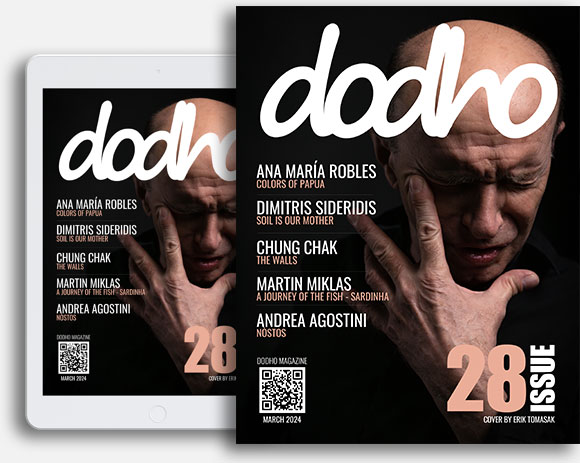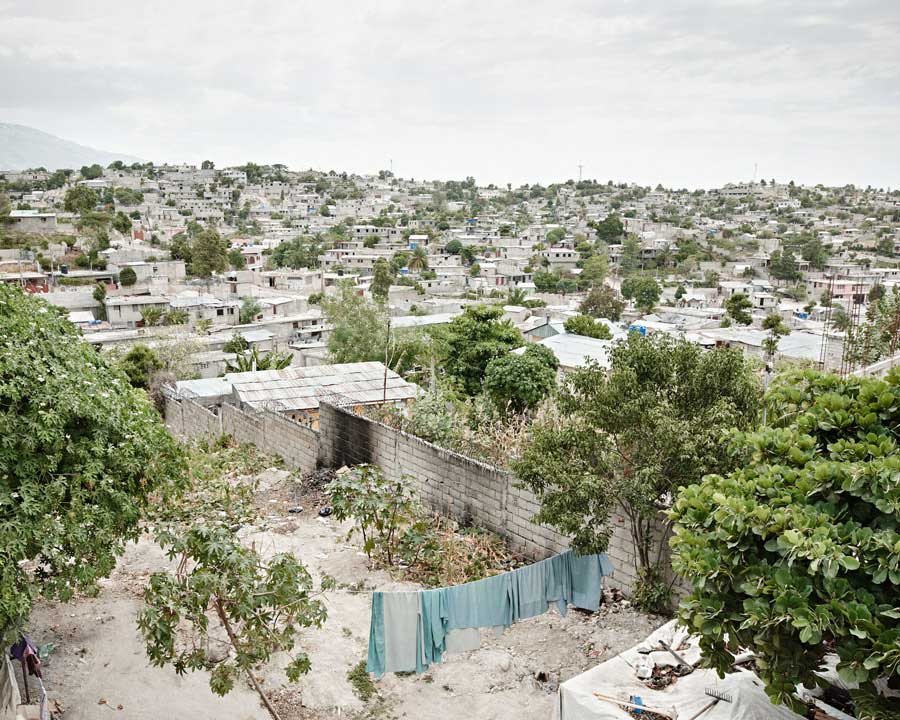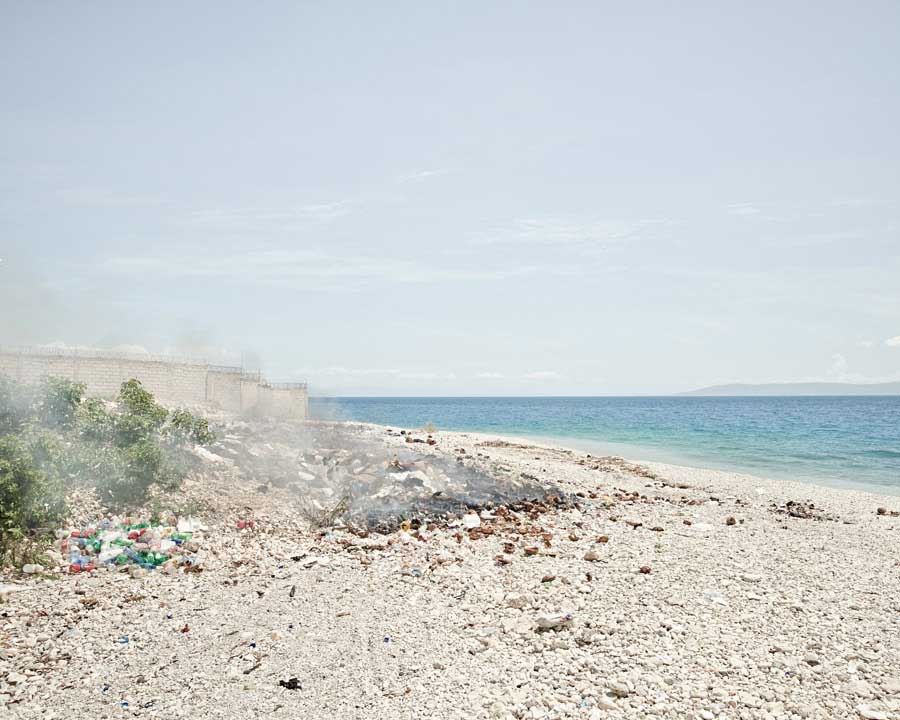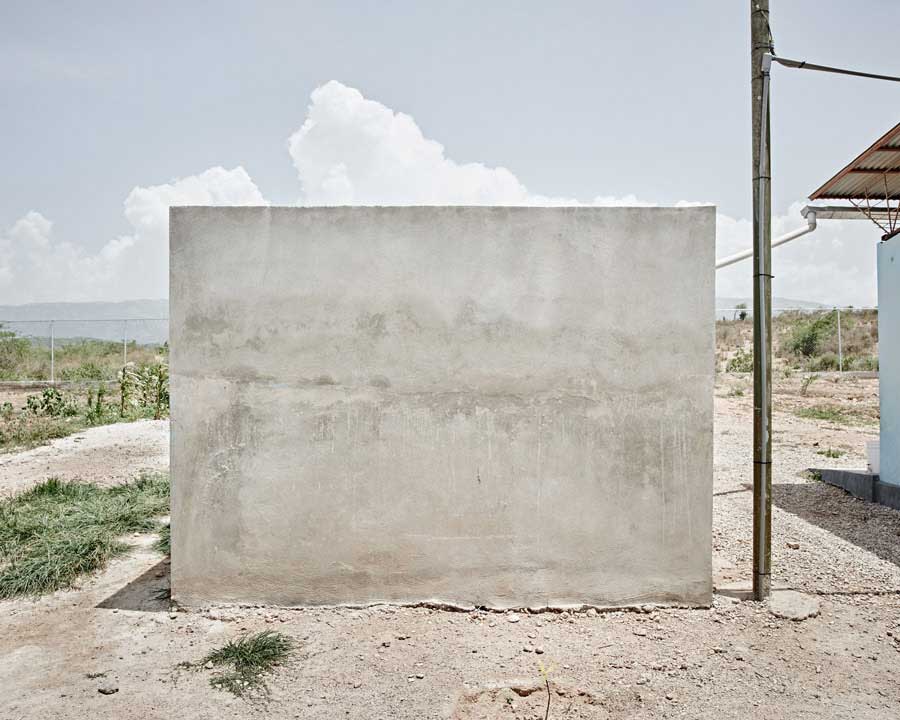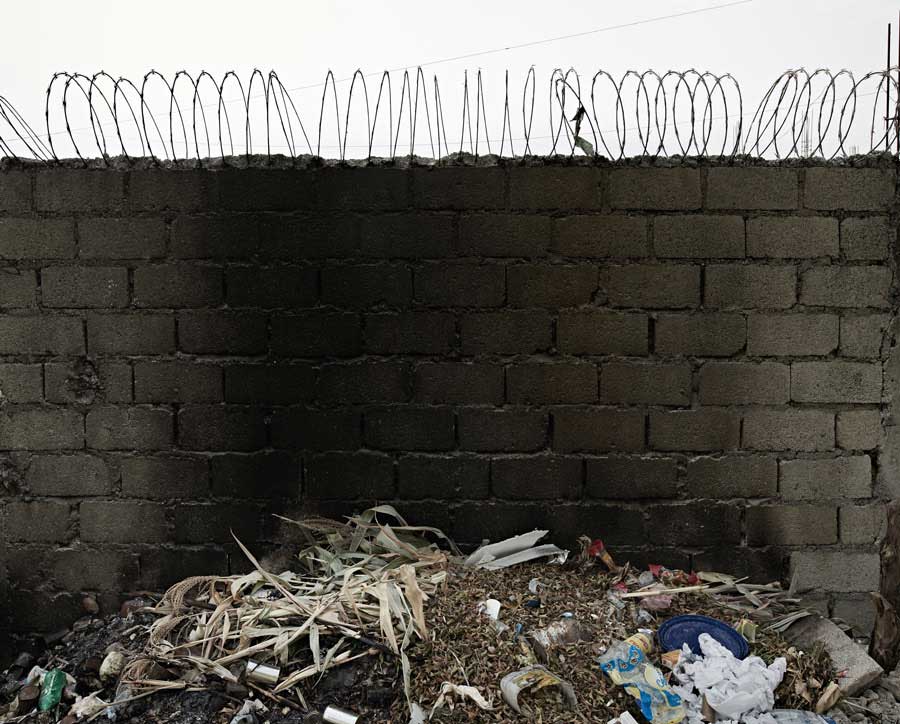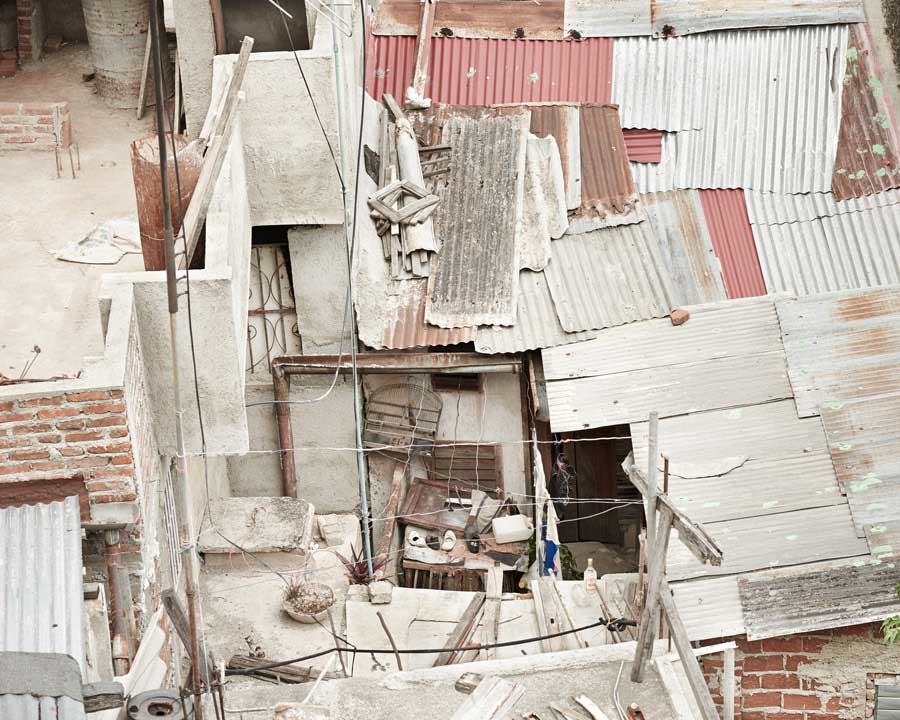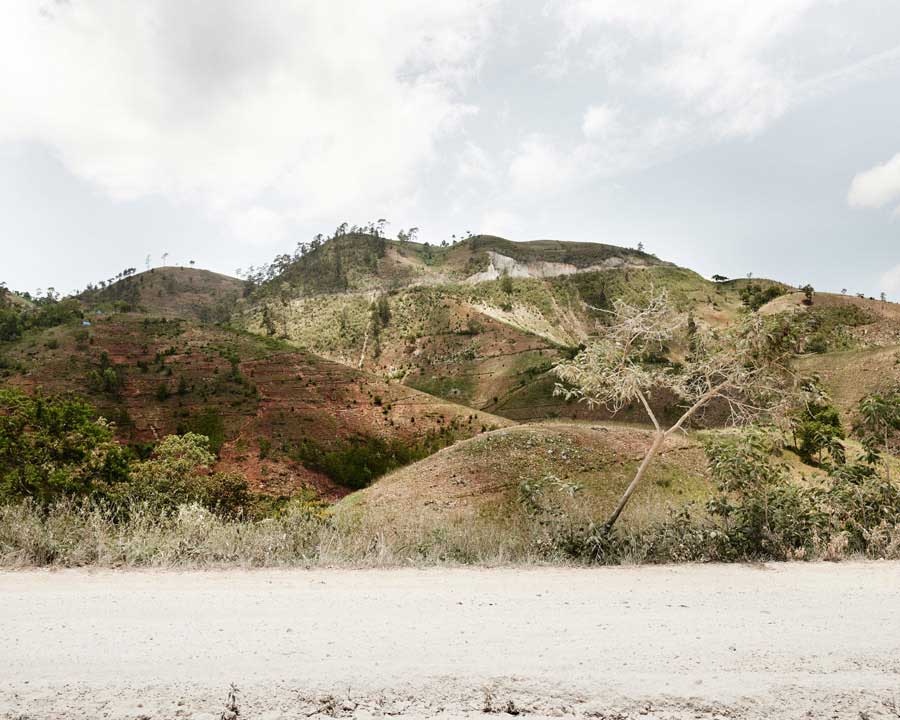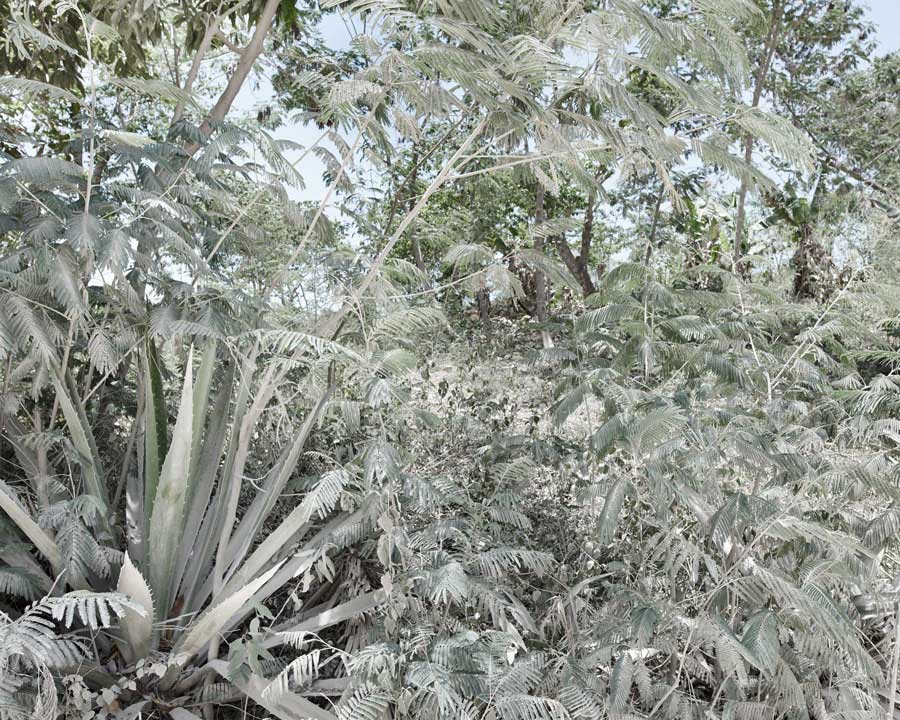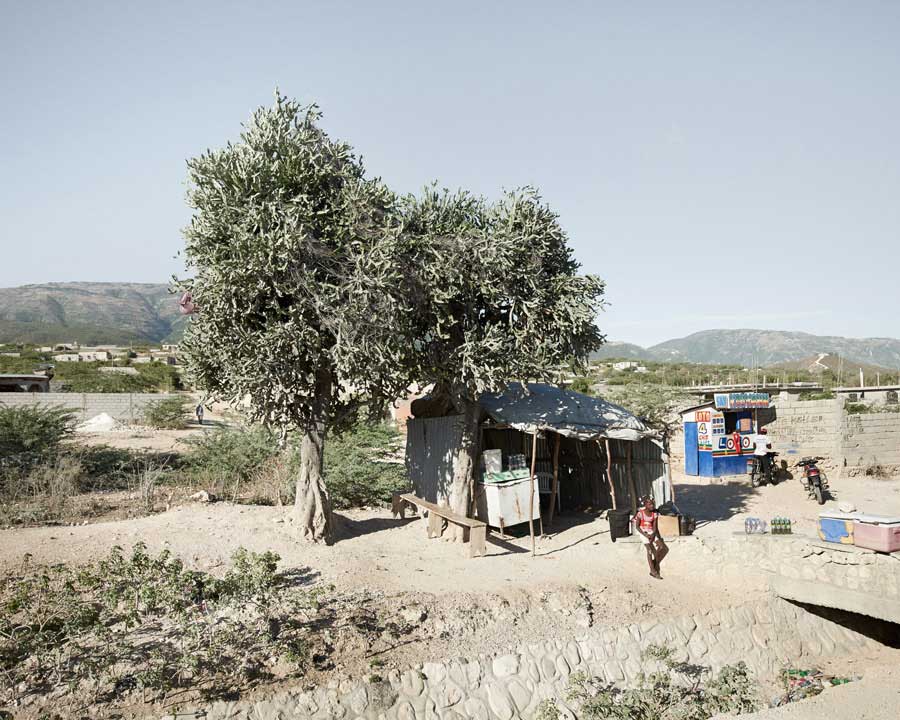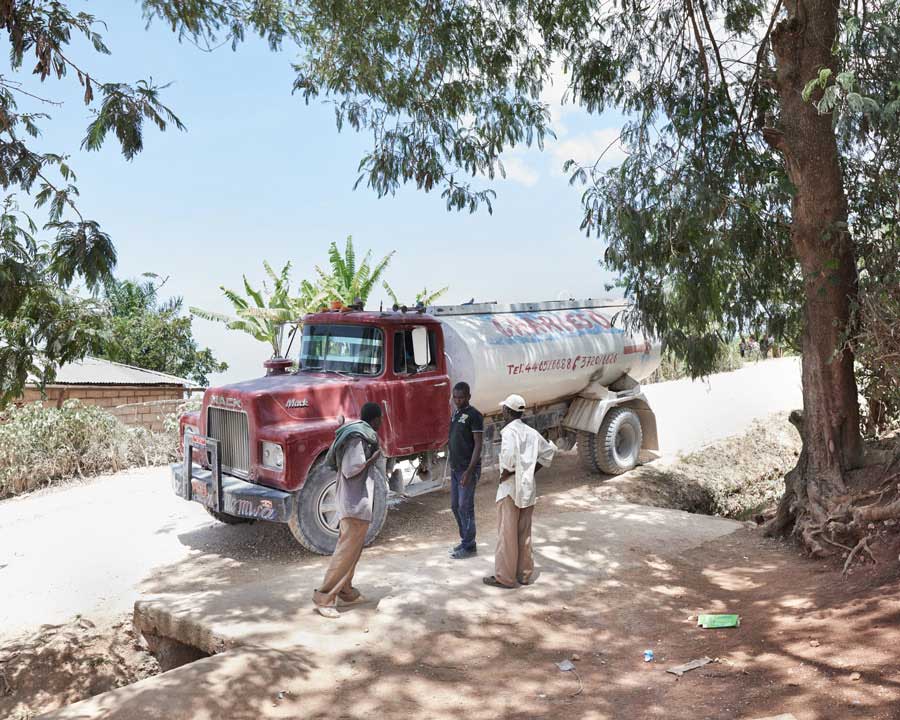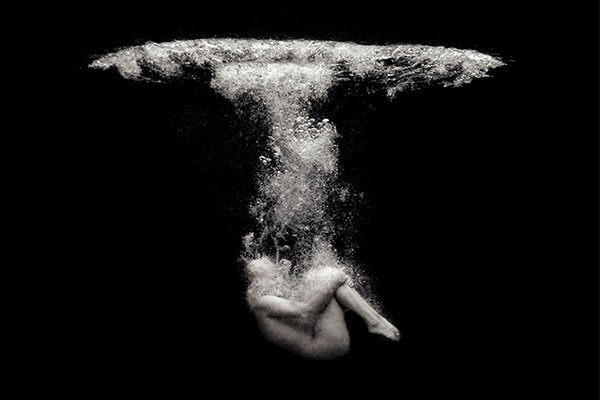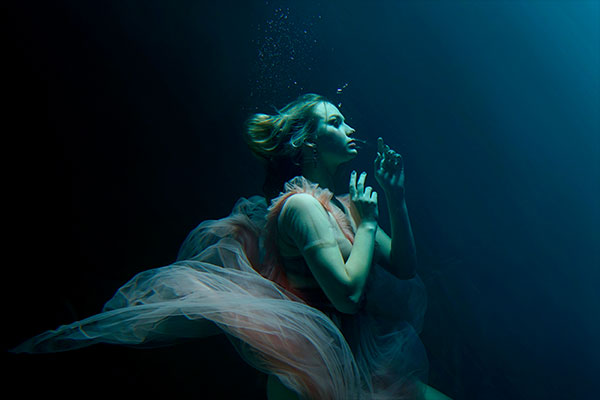Five years ago, a terrible natural disaster shook the surroundings of Haiti’s capital. During this time the media spotlight closely followed the fate of the most unprivileged country in the western world.
But what has changed over time? Has Haiti recovered from its ruined state? How much has this overly unfortunate country and its capital city improved over half a decade? As a volunteer, among people with severe disabilities. In an orphanage for a month.
I was able to experience and learn about the poverty that Haiti has to face. The everyday struggle to achieve the minimum subsistence level and the despaired atmosphere. Due to the state of public safety, 80% of these photographs had to be taken from behind a darkened car window. / Matyas Misetics
About Bence Bakonyi
Bence was born in Hungary, 1991. He is a photographer, graduated at Moholy-Nagy University of Art and Design, Budapest in photography department. He usually works on long-term projects incorporating staged elements into documentary photography, dedicated to the exploration of human presence, be it in urban architecture.
The photographic works of Bence Bakonyi represent the symbols of freedom, airiness and transubstantiation. Below their contemporary and young aesthetics, they provide us with deeper layers of interpretations. Body and mind – these qualities are entirely intertwined in the unique pictoriality he creates: a human blends into the landscape, the body extends, or we see a deep black mark on the bright white cliff that appears as a gate which attracts its visual pair on the picture: a human figure. The consequently emerging drama dissolves either in bright spaces or in the soothing aesthetics created by the color lines – making his works easily accessible. The generous spaces of his photographs and their capacity to connect reality and fantasy turn us away from the problems of everyday life and direct our thoughts toward the much more universal and dignified questions of human existence. [Official Website]


